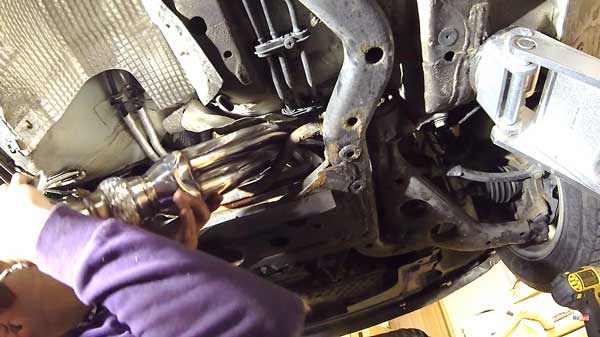Does Tint Get Darker as It Cures?
If you’ve ever had your car windows tinted or know someone who has, you might have heard the phrase, “The tint gets darker as it cures”. But what does that really mean? Is there any truth to this statement?
Let’s dive into the world of window tinting and find out.
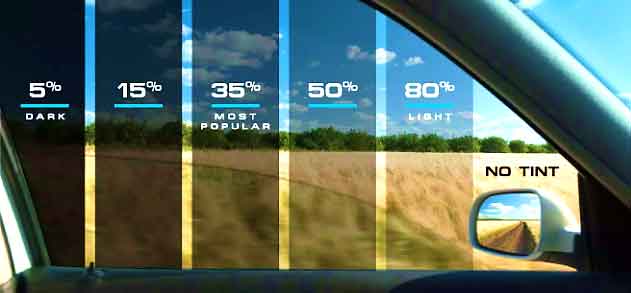
Understanding Window Tinting
Window tinting is a process that includes placing a thin layer of special material on the inside or outside of a window. This material is usually made of polyester and contains dyes or tiny metal particles.
The purpose of window tinting is to reduce the intensity of sunlight and heat that enters a vehicle or building. When windows are tinted, they not only offer privacy but also shield against harmful ultraviolet (UV) rays and decrease the fading of interiors.
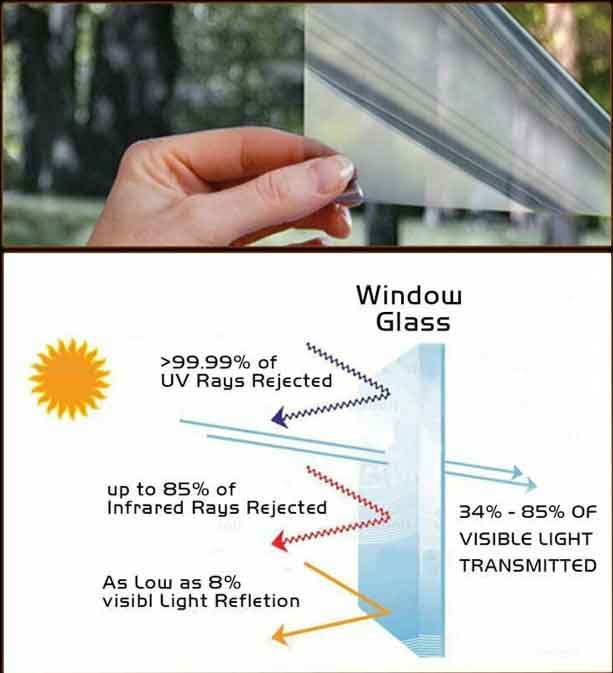
During the window tinting process, a thin film is carefully applied to the glass surface. This film acts as a barrier, blocking a significant amount of sunlight from passing through and heating up the interior space. The film is constructed with polyester material and incorporates either dyes or metal particles, which work together to reduce the sun’s effects.
In addition to providing privacy, tinted windows offer protection against UV rays that can be harmful to human skin and can cause fading or damage to furniture, fabrics, or other materials inside the vehicle or building. By minimizing the amount of sunlight and heat that enters, window tinting helps create a more comfortable and safer environment.
The Curing Process
When you get your windows tinted, it’s important to give them time to properly set and stick to the glass. This process is called curing, and it typically takes about 48 hours for the tint film to fully dry and bond with the window.
To be extra cautious and ensure the best results, it’s recommended to keep your newly tinted windows rolled up for at least 72 hours (3 days). This will allow maximum time for the adhesive to cure and prevent any potential issues like peeling edges.
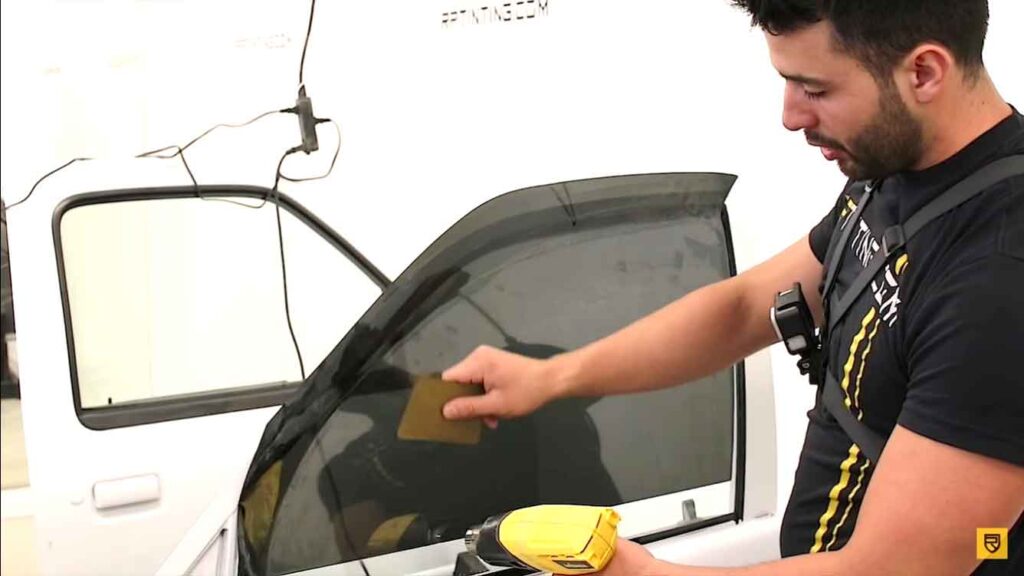
During the curing process, you may notice some changes in the appearance of the tint film. This is completely normal and happens as the film dries and adheres to the window surface. It’s important to understand that this curing period is necessary for the tint to work effectively, providing benefits such as reducing glare and protecting against harmful UV rays.
Therefore, it’s crucial to be patient and let the tint film cure properly before expecting the final outcome. This patience will ensure that your tinted windows perform optimally and look great. So, give your windows the time they need to cure, and you’ll enjoy the full benefits of your newly tinted windows.
Initial Darkness
When you initially install the tint film on your windows, you might notice that it seems darker than it will eventually be once it’s fully cured. This happens because the film is still wet, and the water that gets trapped between the film and the window creates a temporary darker effect.
Moreover, the film might also look a bit cloudy or milky because of the moisture that’s present. Don’t worry, though, as this is completely normal and expected. As the film dries and the water evaporates, it will take on its intended appearance, becoming clearer and reaching its final cured state.
So, be patient and give it some time to dry completely. Soon enough, you’ll see the true and desired results of your tint film installation, with a clear and even finish that enhances the look of your windows.
Drying and Settling
When the tint film is left to dry, the water inside it disappears, and the glue starts to dry gradually. This drying procedure is what makes the film stick firmly to the window. While this is happening, the tint might go through certain modifications in its level of darkness.
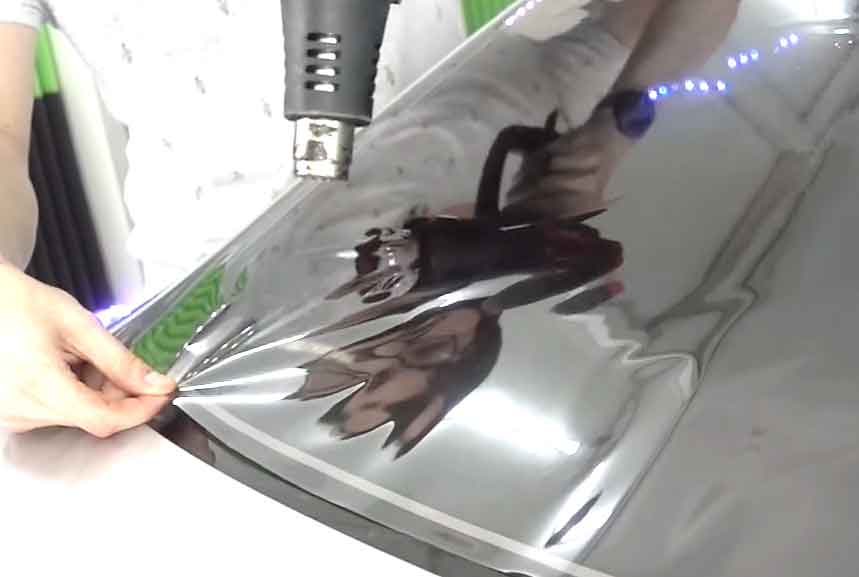
As the film cures, which means it’s getting completely dry and stable, the water within it evaporates into the air. At the same time, the adhesive that helps the film stick begins to dry out too. This gradual drying process causes the film to firmly attach itself to the window, creating a strong bond.
Throughout this stage, you may notice that the tint’s darkness level changes slightly. It could become darker or lighter, depending on various factors like temperature, humidity, and the specific type of tint film used.
Potential Darkening
Although it’s not definite, certain types of window tint have the potential to become slightly darker as they go through the curing process. The darkening effect can happen for different reasons, such as the particular dye or metal present in the tint film and the specific curing method used by the installer. Nevertheless, it’s crucial to understand that any darkening is typically quite subtle and might not be easily observable without close inspection.

When window tint is applied to your windows, it takes time to fully settle and adhere to the glass. During this curing process, some tints may experience a minor increase in darkness. This outcome depends on factors like the composition of the tint material and the techniques employed by the installer to facilitate proper adhesion.
Although it’s worth mentioning that this darkening effect is usually minimal, it’s not guaranteed for all types of window tint. Therefore, it’s important to consult with a professional installer who can provide accurate information about the specific tint you are considering and address any concerns you may have about its potential darkening during the curing process.
Final Appearance
After the tint film has finished curing, it takes on its ultimate look. At this stage, it achieves the darkness level that was intended by the manufacturer or selected by the customer. The cured tint film should appear smooth, even, and visually satisfying to the eye.
During the curing process, the tint film undergoes changes that contribute to its final appearance. These changes involve the film settling into its desired darkness, which is determined either by the manufacturer’s specifications or the customer’s preference. Once the curing is complete, the tint film achieves this intended darkness level, providing the desired level of shade and privacy.

Furthermore, it is important for the cured tint film to have a consistent and uniform appearance. This means that there should not be any patches or uneven areas that would detract from its overall aesthetic appeal. The goal is to create a visually pleasing result that enhances the appearance of the window or glass surface while serving its intended purpose.
Debunking the Myth of Darkening Over Time
When you have window tint installed on your car or building windows, you might notice that it appears darker at first. This is because the tint film contains moisture during the installation process, and this moisture makes the tint appear darker than it actually is. However, as the film dries and settles, this initial darkness will fade away.
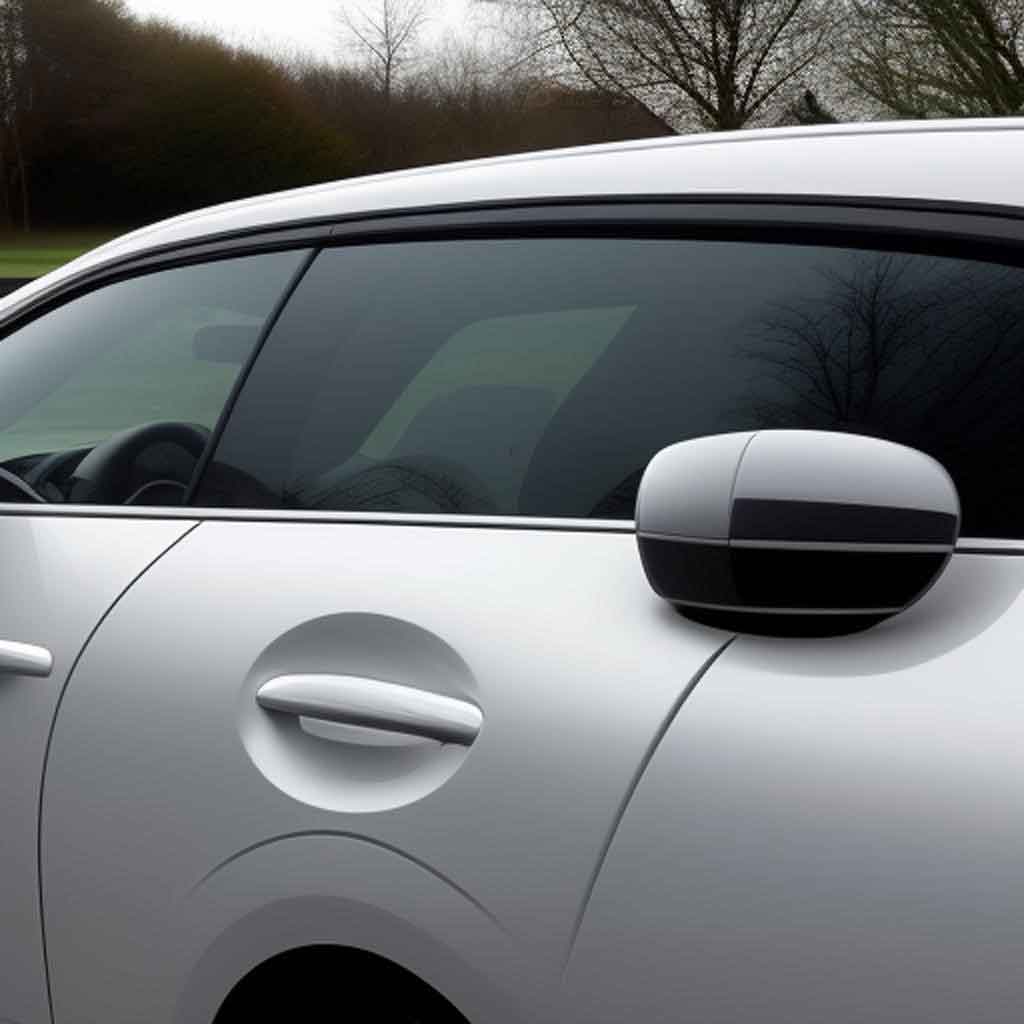
The darkness of the window tint after it has fully cured is not significantly different from the darkness you observed initially. The slight darkening that may occur during the curing process is minimal and shouldn’t be a cause for concern.
The most important factor in achieving the desired level of darkness for your window tint is choosing the right tint film and having it installed by a professional. The selection of the appropriate tint film and the skillful installation are crucial for obtaining the desired results.
It’s important to note that the rules and regulations regarding window tinting vary depending on where you live. To ensure compliance with local guidelines, it is always recommended to consult with a reputable tinting professional who can provide accurate information and perform a high-quality tinting job.
Remember to prioritize safety and legality when considering window tinting for your vehicle or building windows.


